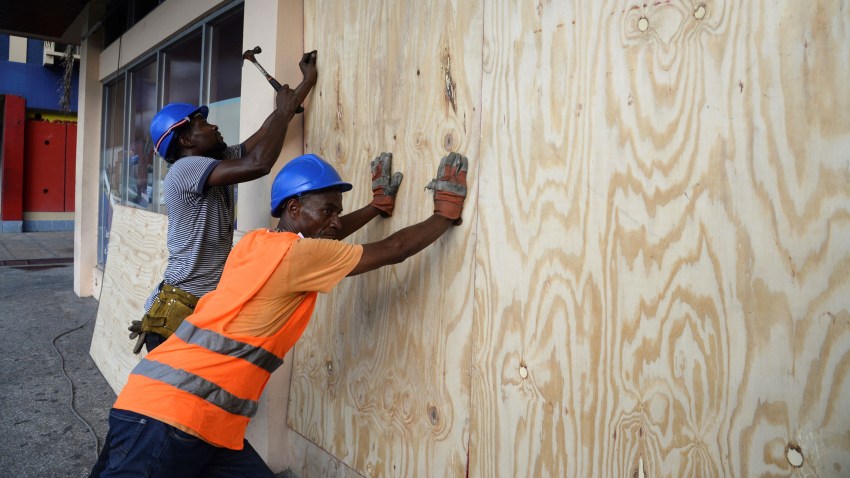After years of economic stagnation, Jamaica’s economy has recently experienced rapid and potentially sustainable growth. Some observers have seen this unexpected development as a miracle, while others attribute it to effective policymaking in a supportive political environment despite many challenges. However, an alternative perspective could easily contend that Jamaica’s economic recovery came at the expense of preparedness for the effects of climate change. And with climate change continually posing new dangers to Jamaica’s core sectors of agriculture and tourism, the country’s economic future will likely become more problematic.
While successive Jamaican governments ran chronic budget deficits beginning in the 1970s, external events beyond their control were also at work. As an oil importer, Jamaica took a hit from the 1973 oil price shock, which raised import costs and caused a recession and devaluation that in turn forced increased borrowing to purchase critical imports. The situation further deteriorated when U.S. interest rates climbed in the early 1980s. In 1977, the ratio of Jamaica’s debt service payments to exports stood at 16 percent, but by 1986, this figure had risen to a more substantial 35 percent. By 1985, servicing debt accounted for over 40 percent of government spending.
Facing rising debt levels, Jamaica had to seek bailout loans from the International Monetary Fund and World Bank in the 1980s. However, the conditions accompanying these loans included harsh austerity measures, forcing the government to significantly cut public sector employment and public investment. Austerity also had a considerable impact on the economy, with IMF data showing average growth dropping from 2.3 percent in the 1980s to 1.3 percent in the 1990s and 0.9 percent in the 2000s, before dropping into the red by an annual average of 0.2 percent from 2010 to 2012. Moreover, despite years of austerity, government debt increased from 91.8 percent of GDP in 2000 to 143.9 percent in 2012, while youth unemployment reached 27.3 percent. The dire straits led then-Finance Minister Peter Phillips to warn in 2013 that the “survival of the Jamaican nation as a viable nation-state” was at risk.

